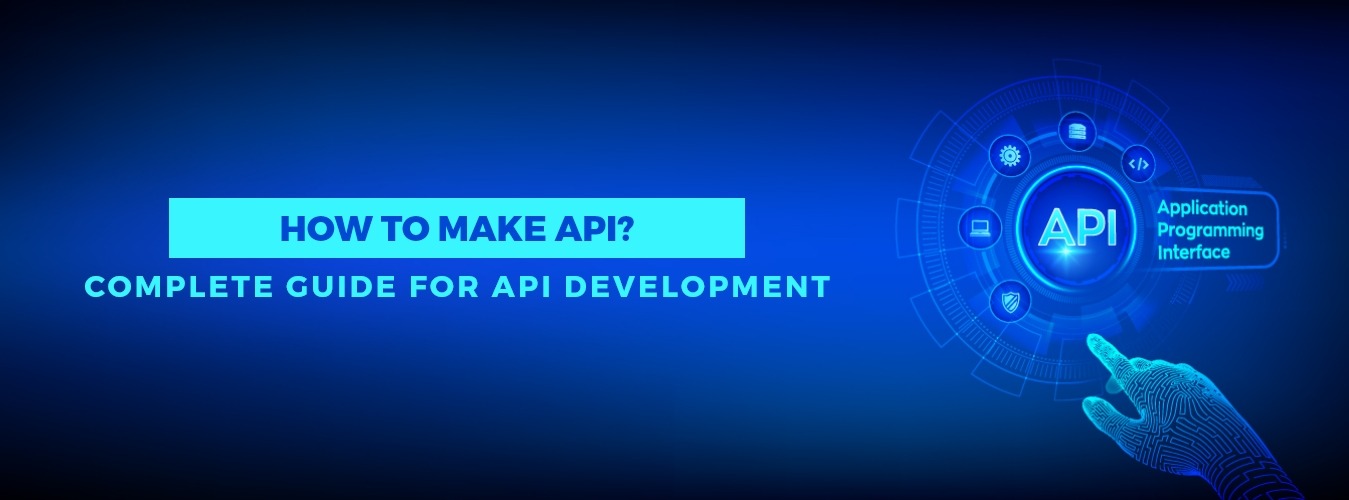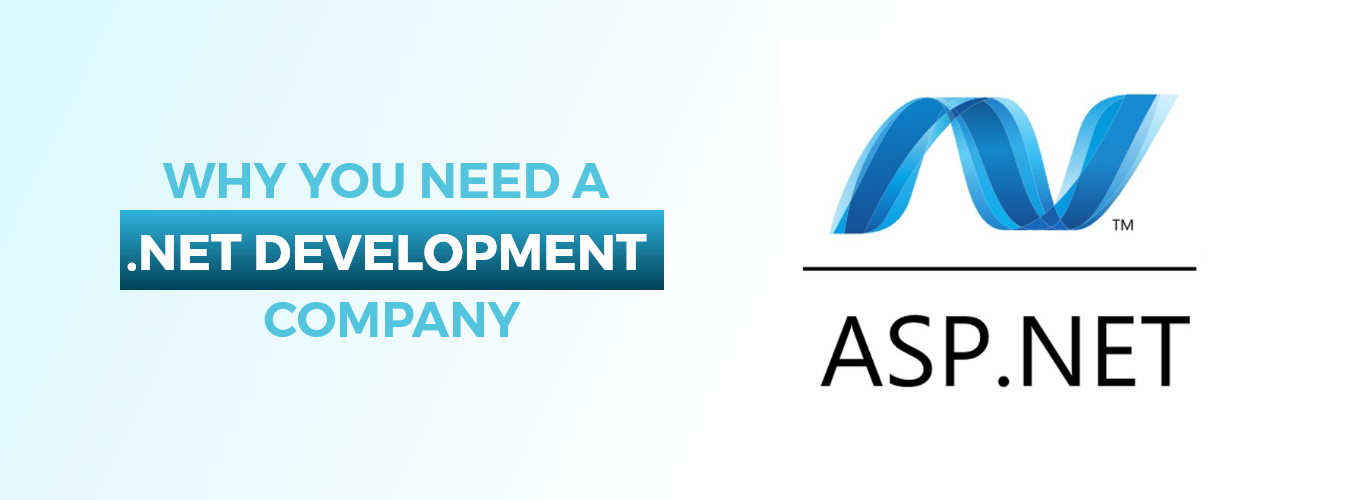If you’re a technology geek or work in the tech industry, you must have heard the term “API.” Unlike in the past, API now plays a significant role in the economy. API is pretty much everywhere, and we use it regularly. We often use the API in our daily life for various activities like logging into Facebook, booking tickets, making payments through PayPal, etc. But the question is how to make API?
The API world is big and should be explored. In the following paragraphs, we will mention anything related to APIs that will be of use to you.
What is API?
Application programming interface (API) is a set of requirements, directives, and standards that enable an application to use services or functionality from another device, application, or platform to provide better services.
Technically, it is a collection of programming codes that allows data transfer between one specific software product and another. It also includes conditions of this data exchange.
Application programming interfaces consist of several components:
Technical specification that represents data exchange options between solutions whose specifications are implemented as data transfer protocols.
The application interface is written in the specification that represents it.
In doing so, the application that needs access to functionality or information from the software calls its API, which describes the specifications of how the data or functionality should be provided. The other application only returns the data functionality as requested by the previous application. API also designates the interface through which both applications communicate.
Each API is executed through function calls, which happen to be the language instructions used to tell the software to perform specific actions and services. Function calls are phrases made up of verbs and nouns. Function calls are also mentioned in the API documentation.
APIs can serve multiple purposes. In general, they will be able to simplify or speed up application development. Developers use APIs to add functionality to existing third-party solutions. In addition, one can also use them to develop new applications by resorting to third-party providers.
How to make API – Terminologies
APIs are essential for mobile app development. For example, iOS and Android APIs allow native apps to access built-in device capabilities. Therefore, here we have mentioned some terms that you need to understand before delving into the importance of API development.
- API Key
An API key is a code that authorizes an API request via a parameter or header.
- Endpoint
In an interaction between two systems using APIs, one end of the channel was called an endpoint.
- .JSON
JSON happens to be an abbreviation for JavaScript Object Notion. Because it’s a data format, it’s used for API response body and request parameters.
- Received
It is the RESTful API’s HTTP method for protecting resources.
- Post
This is how the HTTP method of the RESTful API allows building resources.
- Oauth
Oauth is an acronym for Open Standard Authorization Framework that allows access from the user side without the need to share credentials.
- Rest
REST (Representational State Transfer) is a type of architecture implementation to improve communication between different applications. It is based on the concept of making specific information available only when requested via references rather than a full copy of the information. The World Wide Web is an example of a system that follows this architecture, and these are known as RESTful systems.
- Soap
SOAP is an abbreviation for Simple Object Access Protocol. This messaging protocol uses application layer protocols such as SMTP and HTTP and XML information sets for message formatting, transport, and negotiation.
- Latency
Latency is the time it takes an API to process the request into a response.
- Rate Limit
API Rate Limiting is considered the technique of identifying the rate at which a user is accessing APIs. That is, it limits the number of requests to an API per time.
- API Throttling
Throttling is the regulation of API usage by each user at a given point in time. It takes place when a user exceeds the limit of API requests per day, and the server delivers a message as HTTP status claiming “too many requests.”
How does the API work?
Let’s take an example to understand how the API works. Suppose you opened an ABC app or website to book a flight. You have filled the form by filling in all details like a departure, flight, return date, city, and other related information.
After sending, a list of flights appears with details such as flight times, seat availability, price, and many other details. But how did it happen? The APIs are responsible for this.
In order to provide such accurate information, a request is sent from the platform to the website to access the database and get all the relevant information via the API. The website then responds with the information that was delivered to the platform via the API.
In this case, the API acts as an intermediary that helps simplify the process of exchanging data. Conversely, the flight booking platform and the airline website act as endpoints. In terms of endpoints communication, the API works in different ways, namely SOAP and REST.
API Types
It is possible to classify APIs into four main types:
- Open APIs
Public APIs or open APIs are publicly available to anyone without restriction.
- Partner APIs
Developers need specific rights or licenses to access partner APIs as they are restricted to the public.
- Internal APIs
These are also called Private APIs. They are comparatively less known to the outside world as they are only exposed within internal systems. Internal APIs are used by an organization between teams to improve their services and products.
- Composite APIs
Composite APIs, which combine service APIs and data, is a set of tasks that are executed concurrently due to execution. But not at the request of any task. It helps to speed up the execution process and improve the performance of listeners in web interfaces.
These APIs are the main APIs and are referred to as Web APIs. Other APIs consist of web service APIs such as XML-RPC, SOAP, JSON-RPC, and REST.
Why are APIs essential for businesses?
If there were no APIs in this world, app functionality would be limited, and development time would also increase significantly. This is because functions that are not modules of a programming language would have to be created autonomously; This reduces the time for marketing.
Additionally, understanding how to build an API also helps to combine a few disparate applications so that they complement each other and improve the user experience for both in the long run. For example, a hotel selection service app can use external APIs to catalog photos of their rooms so users can see the locations before booking.
On the other hand, the photo service can offer its users the possibility to find and book hotel rooms via APIs; This improves the functionality of the travel apps.
That being said, here are some benefits of API development for businesses.
Why are APIs good for business?
- Quality experience
APIs help enrich app functionality, thereby helping to improve an application’s user experience. Some API applications that businesses can leverage include data collection, personalization, and integration.
- Innovative Technologies
With the invention of application architectures like IoT devices, cloud services, and AI, APIs have become an integral part of any app development company.
- Reduced cost and time to market
A key benefit of an API-driven approach for businesses is reduced development time, which helps reduce time to market in the long run. Because most app functionality exists elsewhere, developers can use APIs to integrate external functionality into the application without having to code from scratch.
This allows entrepreneurs to save money and time while allowing developers to offer unique features through their apps.
API development tools
Many tools are available for developing APIs. Some of the leading tools and products used by developers for API development happen to be as follows:
- Apigee
Apigee happens to be an API development management tool developed by Google. It helps a company update its legacy apps or facilitate the transfer of information between applications and services. In addition, it also allows a developer to create connected apps.
- Dredd
This is an HTTP API testing framework used to validate the description of an API on the backend. It also goes through the description of the API comprehensively and determines whether the API has been validated or not.
- APIMatic
It is a developer experience platform dedicated to website APIs. Developers use it to generate SDKs for their APIs. Additionally, it is also used to keep it in sync with API updates.
APIMatic also allows developers to convert API descriptions into more than one format, e.g., B. Swagger, WADL, RAML, IO Docs, OAI Format, HAR 1.4, API Blueprint, Postman Collections, and so on.
- Sandbox
Sandbox provides a simple and fast mock RESTful API from API definitions. It also helps reduce the costs and risks associated with third-party API calls at the time of testing.
- Postman
This tool allows app developers to evaluate the performance of the API by documenting and testing it. It is also an interactive tool that can be set up for automation.
- SoapUI
SoapUI is considered an open-source testing API development tool. It has the ability to work on cross platforms. In addition, it will also be able to automate both functional and non-functional tests. It is used for compliance, regression, security, execution, and load testing for web APIs.
- Bragging
Swagger is an open-source framework used for API development. GettyImages, PayPal, Apigee, Microsoft, and other big tech names are currently using Swagger.
- JMeter
This tool is an open-source application. It is used in the RESTful API performance tests.
Best API development practices
Below we have mentioned the best practices to consider when investing in API development.
- Use throttling
If you need to secure APIs, redirect traffic, or protect APIs from DoS attacks, you should practice app throttling.
- Think of the API gateway as an enforcer
The API gateway should be viewed as an enforcement point that ensures the information is accessible to the appropriate users. It allows you to encrypt sensitive information or messages that can be helpful in evaluating and managing the usage of your APIs in the long run.
- Allow HTTP method replacement
Some proxies only work with POST and GET methods, so your RESTful API can replace the HTTP method.
- Assess the APIs and infrastructure
Some API development tools allow easy analysis and evaluation of APIs. This means you analyze in real time instead of having developers work 24 hours a day.
- Documentation
Extensive documentation should be created when creating an API. It will help other developers to understand the process conveniently and use the API to improve the experience of their apps.
Conclusion
Let’s hope that these hints above will help you to understand what API development is and to develop an API.
APIs are important if you want to get your app to market faster while improving the user experience. Organizations can leverage advanced technologies with APIs, reduce development costs, and enhance experiences.
On the other hand, developers will enjoy automated workflow updates via APIs, which happens to be more productive and faster. In addition, it helps increase operational efficiency and enables personalization and flexible service facilities.
If you are looking for API development company you can take help from us, we are providing web app development services from last 10 years.








